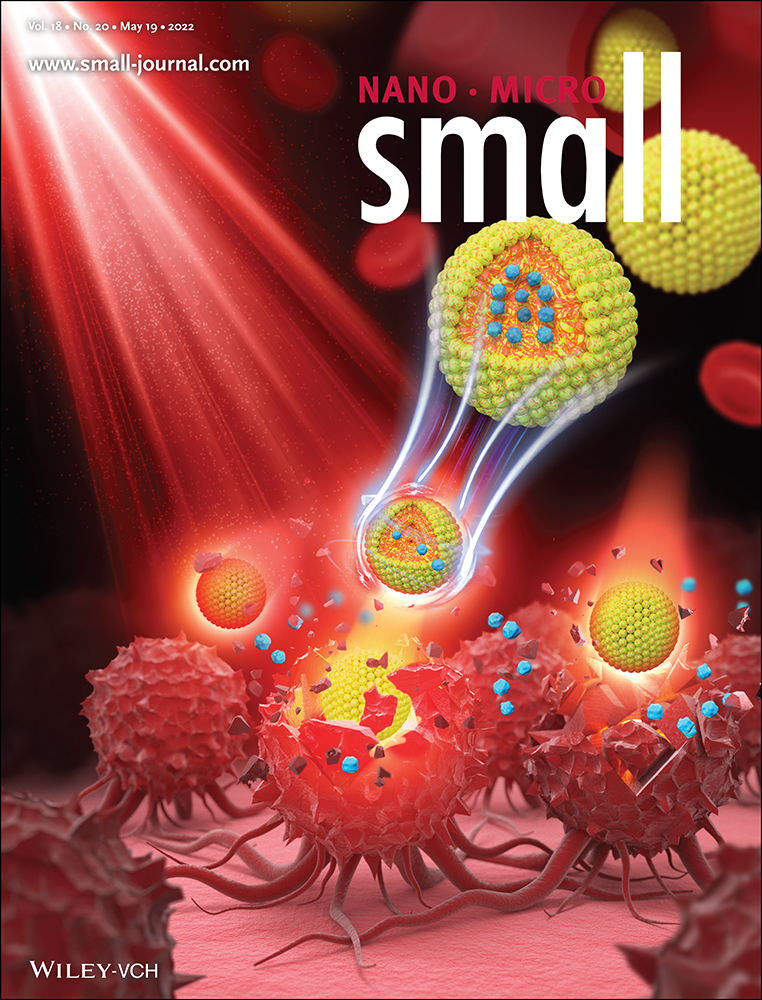High Performance, Stable, and Flexible Piezoelectric Nanogenerator Based on GaN:Mg Nanowires Directly Grown on Tungsten Foil
Abstract
Rapid development of micro-electromechanical systems increases the need for flexible and durable piezoelectric nanogenerators (f-PNG) with high output power density. In this study, a high-performance, flexible, and highly stable f-PNG is prepared by directly growing the Mg-doped semi-insulating GaN nanowires (NWs) on a 30-µm-thick tungsten foil using vapor–liquid–solid growth mechanism. The direct growth of NWs on metal foil extends the overall lifetime of the f-PNG. The semi-insulating GaN NWs significantly enhance the piezoelectric performance of the f-PNG by reducing free electron density. Additionally, the direct integration of NWs on the tungsten foil improves the conductivity, resulting in current enhancement (2.5 mA) with an output power density of 13 mW cm−2. The piezoelectric performance of the f-PNG is investigated under several bending angles, actuation frequencies, continuous vibrations, and airflow velocities. The maximum output voltage exhibited by the f-PNG is 20 V at a bending angle of 155°. The f-PNG is connected to the backside of an index finger to monitor finger bending behavior by changing the current density. Depending on its flexibility and sensitivity, the f-PNG can be used as a health-monitoring sensor to be mounted on joints (fingers, hands, elbows, and knees) to monitor their repeated bending and relaxation.
Conflict of Interest
The authors declare no conflict of interest.
Open Research
Data Availability Statement
The data that support the findings of this study are available from the corresponding author upon reasonable request.




